Top 10 time saving nutrition tricks
Squeezing in training around long working hours leaves little time for healthy eating. Dietitian Laura Tilt shares 10 time-saving tricks to help you eat better without having to cut short your rides
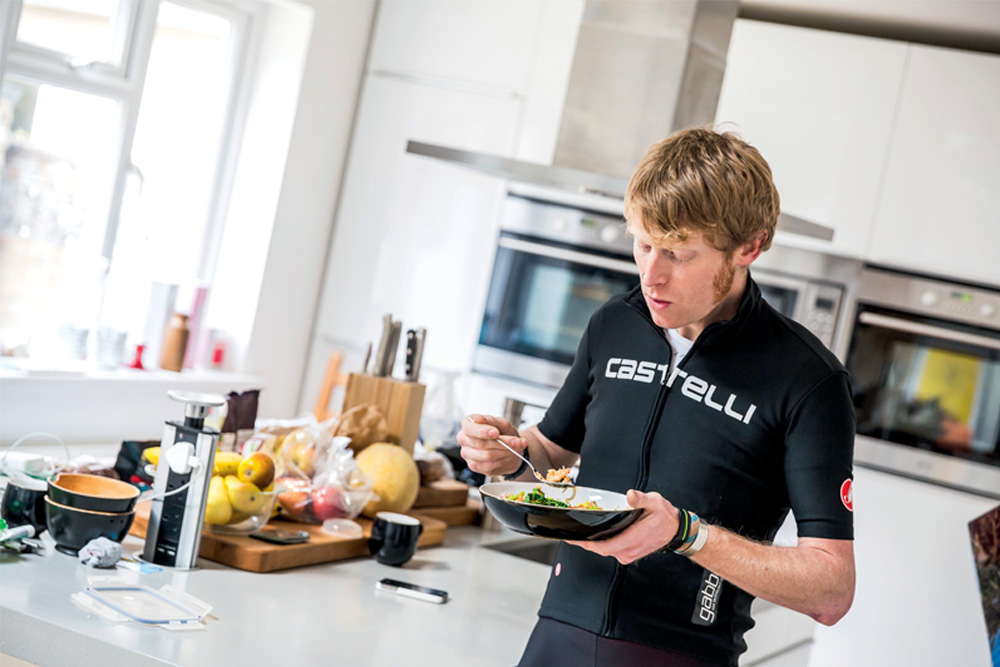
1 Breakfast on overnight oats
Rich in slow-release carbohydrate and lower in sugar than most cereals, oats are go-to breakfast fuel for cyclists, but standing over the stove making porridge takes time, and that’s the one thing we don’t have. Around 40 per cent of Brits admit to regularly skipping breakfast to save time.
The solution is to soak your oats over night. According to Irish oatmeal experts McCann’s, this is the quickest and easiest way to prepare your breakfast. Overnight oats take three minutes or less to prepare, giving you a ready-to-eat breakfast in the morning.
>>> When’s the best time to train? Let your body clock decide
As well as tasting great, oats soaked in an acidic medium (like yoghurt) contain less phytic acid, so you absorb more iron. And once you get started, the combinations are endless…. Stir in a mashed banana and a spoon of peanut butter for long-lasting energy, or blueberries and a scoop of whey for muscle recovery.
>>> Top 10 nutrition tips for peak performance
Try it:
Mix half a cup of oats (around 50g) with half a cup of yoghurt and half a cup of water (or milk). Throw in a handful of dried fruit, nuts or seeds, stir and leave in the refrigerator. In the morning, stir, adding more milk or yoghurt if needed and top with fruit. Save even more time by preparing a batch of overnight oatmeal in one go.
Get The Leadout Newsletter
The latest race content, interviews, features, reviews and expert buying guides, direct to your inbox!
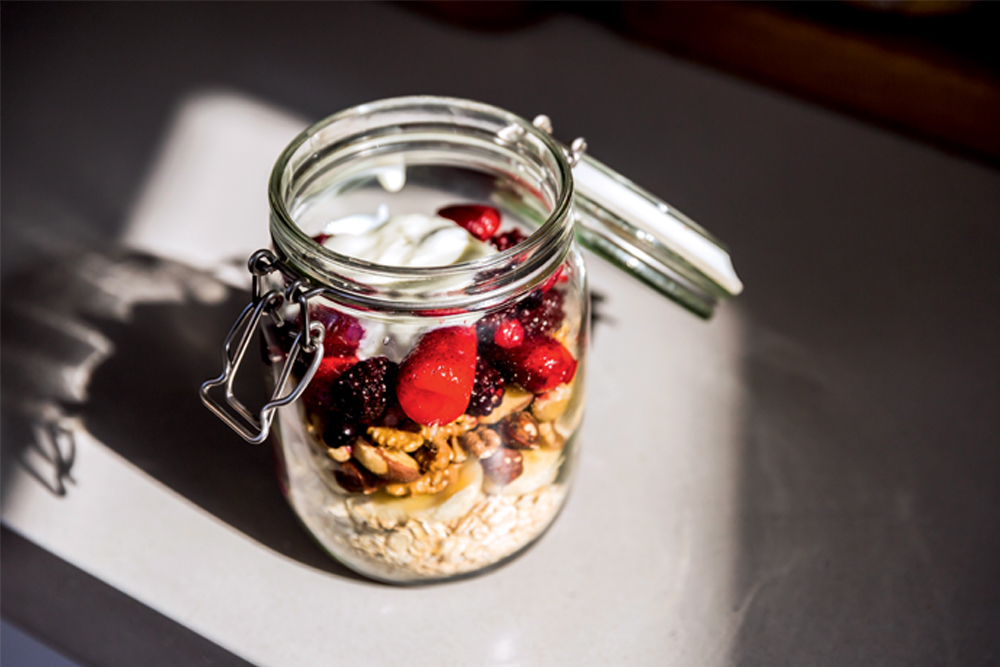
2 Make smoothie packs
Smoothies are great liquid nutrition for post-cycle recovery — add fruit, milk and a scoop of whey and you’ve ticked the carb, protein and fluid boxes in one go.
This sounds easy enough, but when you step off the bike and stagger into the kitchen, your motivation to prepare anything can take a nosedive, which is when good intentions get ditched for a take-away, a packet of biscuits or a few rounds of malt loaf.
>>> Refuel with real food after cycling
The fast fix is to make a batch of individual smoothie bags. Load chopped fruits (banana, mango, and berries work well) into freezer bags with a handful of greens and store in your freezer. When you need a fast breakfast or a recovery shake in a hurry, simply shoot one of the bags into a blender with a mug of milk, blitz for a minute and you’re good to go.
Try it:
Grab a roll of zip-lock freezer bags, a bag of spinach, a variety of fruits and a marker pen. Chop large fruits (e.g. banana and mango) into pieces and divide the fruits between bags, adding a couple of handfuls of spinach. Squeeze out the air, seal, and label with the contents before stacking in the freezer.
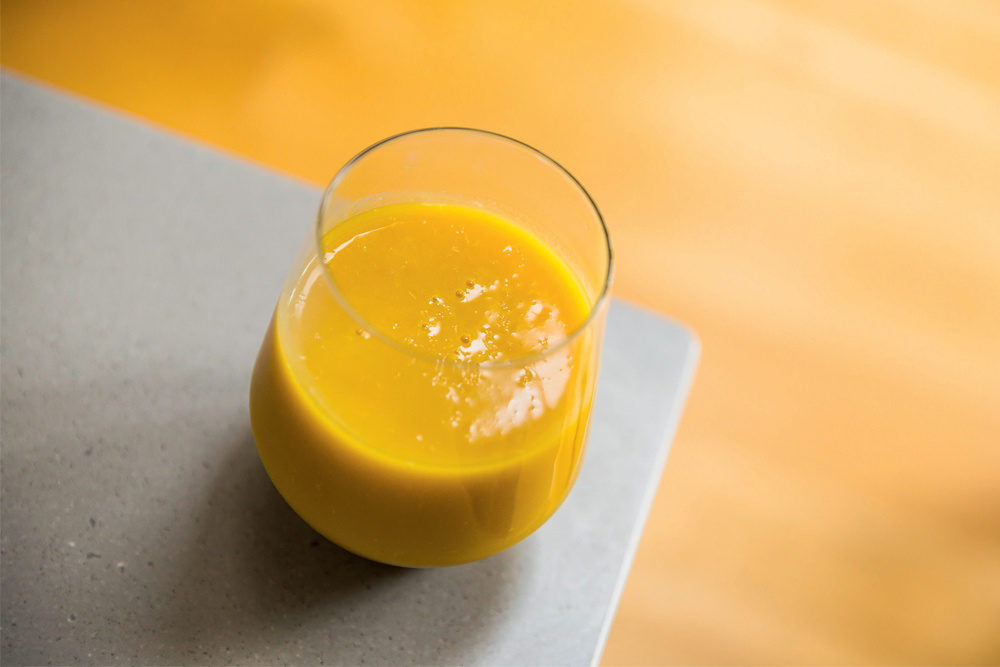
3 Cheat smart with convenience
The idea of preparing all your meals from scratch is idyllic, but if you’re working long hours and training hard on the bike, time is going to be limited, which means dropping the guilt and accepting a little help in the kitchen.
Convenience foods are controversial in the nutrition world, but there are good options that can shave hours off your food prep time.
Worried that you’ll compromise your health by eating convenience foods? Research suggests frozen fruits and vegetables actually contain as many if not more nutrients as fresh, particularly if they are frozen soon after harvesting. In 2013, scientists at Leatherhead University found the nutrients in frozen berries, beans, peas, sweetcorn and cauliflower were higher than those that had been stored in the fridge for three days (and let’s be honest, you’ve probably had your fruit and veg in the fridge for longer than that).
>>> Can crash diets work for cyclists?
To use convenience foods to your advantage, use the lean protein + wholegrain carbohydrate + vegetable strategy. The ready-prepared deli counter is a good place to start: e.g. rotisserie chicken + bag of prepped salad + tub of beetroot + wholegrain rolls.
Stir-fry packs also make great ‘fast-food’ — fry a bag of ready-prepped veg with a pack of prawns or Quorn, and add a pouch of ready-steamed rice. The Tilda steamed rice packs contain around 60g of carbohydrate per pack, which will go most of the way to meeting your post-training needs.
Best convenience buys: Pasta sauce, bagged salad, frozen fruits and vegetables, ready-baked jacket potatoes, canned fish, tinned tomatoes, canned beans and lentils, steamed rice packs and rice noodles.
All work and no healthy food
According to researchers from the University of Minnesota, working 40 hours or more a week is commonly linked with being ‘too busy to eat healthily’.
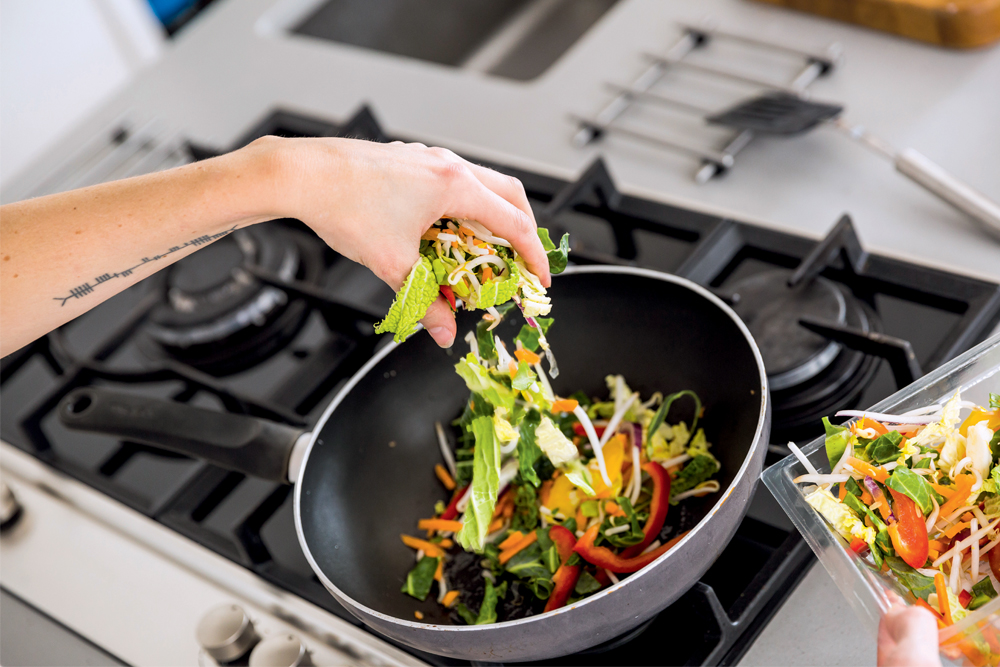
4 Cook once, eat twice
Save more time by cooking enough for more than one meal. Get into the habit of cooking once to eat twice and you’ll find yourself with spare time on your hands and a fridge full of food you can eat in a hurry.
Think in doubles every time you cook and either freeze extra portions or use the next day. Cooking pasta? Cook double and use the extra portion for a pasta salad the next day, or reheat with a pasta sauce post-ride — tip in tuna or top with feta cheese and greens. Making chilli? Cook extra portions and serve in wraps with guacamole and salsa, or heap over a baked potato.
>>> Why stress can make you fat – and what to do about it
Boiled eggs can be stored for up to one week in the fridge — start the week by boiling a dozen; use sliced over toast for breakfast, in sandwiches, salads or as a post-workout muscle-booster; three eggs will give you the recommended 20g of protein recommended for recovery.
Leftover rice can be fried with a bag of ready-sliced veggies and prawns or ready-cooked chicken. Baked potatoes can be reheated or sliced into salads; leftover vegetables from your Sunday roast can be put in a stew with meat and a jarred sauce or turned into a speedy soup. You get the picture…
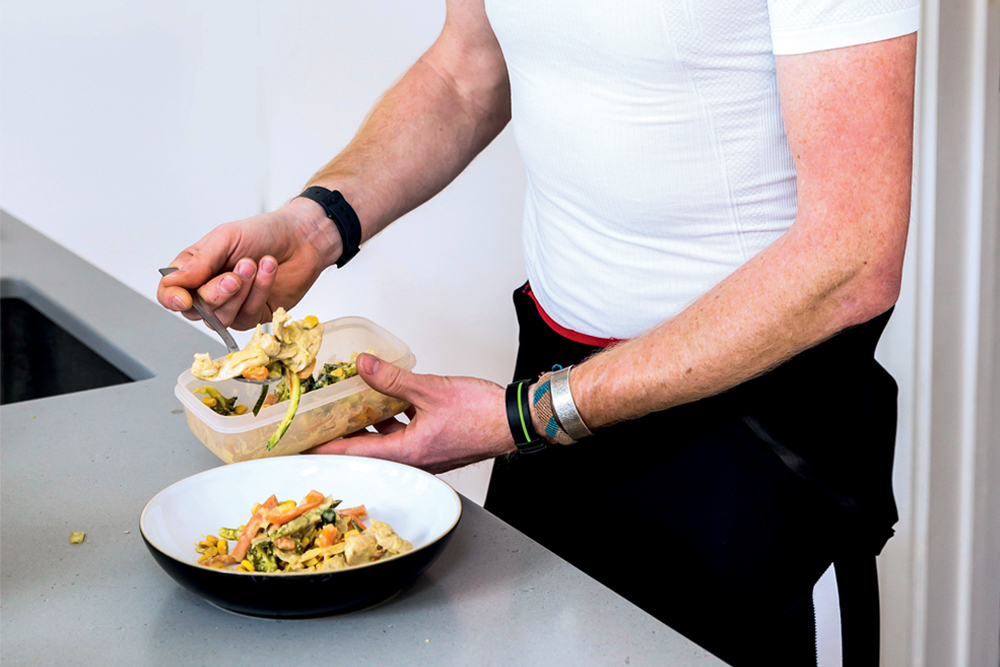
5 Lunch on leftovers
Time-poor lifestyles don’t affect just the first meal of the day — according to a study from the Benenden Healthcare Society, a quarter of Brits prefer to snack during the day rather than taking time out for a proper lunchbreak.
If you do take a break, chances are you’re one of several million who spend most of it walking to and from the sandwich shop. Lunching on leftovers saves time-spent faffing in the shops, plus you’ll save money and be less likely to fall prey to the chocolate bars found by the tills. If you ride after work, a good lunch will make sure you get more from your evening training session or pedal-powered commute.
>>> Recover right: The three Rs of recovery
According to company Love Food Hate Waste, each British household throws away the equivalent of £60 of food per month. The main reason? We cook too much or don’t use it in time. Rather than binning leftovers (or eating them for the sake of eating), reserve a portion to take to work the next day.
Ideal leftovers are those that taste good hot or cold, are easy to transport to work, and aren’t going to create enemies if you eat them at your desk. Meat and poultry dishes like stews and casseroles can be supplemented with pitta or wholegrain bread, veggie pasta can be teamed with salmon flakes or chunks of cheese. Leftover meat from your Sunday roast can be stuffed into sandwiches, leftover rice can be mixed with canned beans and jarred pesto.
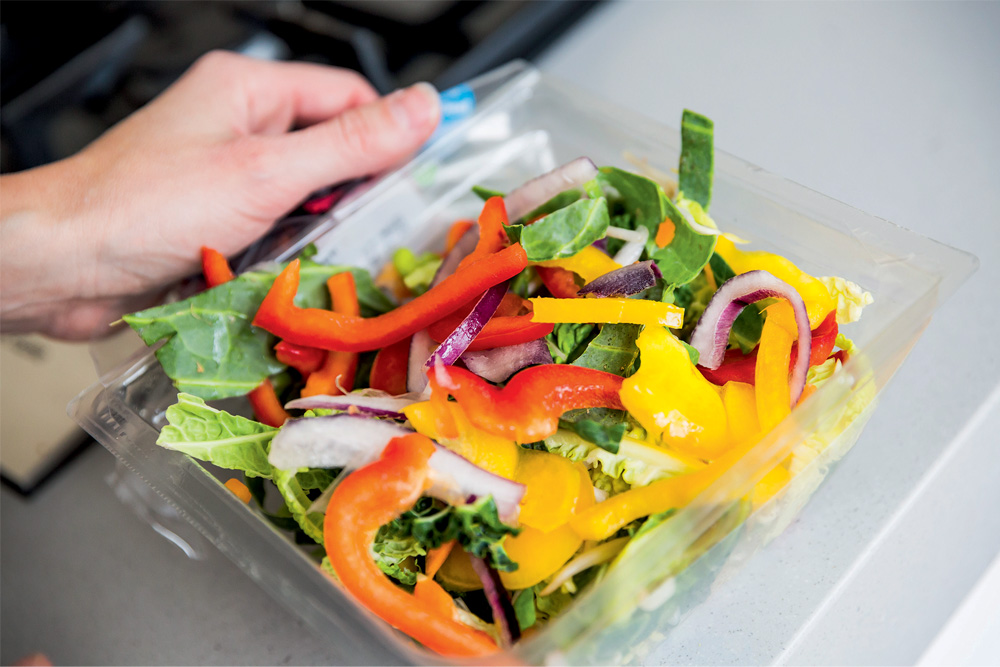
6 Prep it
Dedicating one to two hours each weekend to food preparation will turn pre and post-ride nutrition into a breeze and is an investment in time-saving. Start by prepping fruits and vegetables and place them in containers in the fridge — studies show you’re more likely to eat them if they’re at eye level. Peppers, carrots, spinach, beets, berries and pineapple work well.
Next up, batch-cook rice and pasta before cooling and transferring to sealed tubs in the fridge — add to fresh soups, use as a base for salads or mix with jarred sauces.
>>> Always hungry? Here are 5 reasons why
While your carbs are cooking, batch-bake a tray of chicken breasts and salmon fillets then store in containers. For go-to snacks, make up bags of trail mix; divide almonds, brazils, pecans, walnuts, seeds and dried fruit to individual bags or Tupperware boxes, and take half a dozen to leave in your desk for when hunger strikes.
For fast post-exercise recovery, place a scoop of whey protein into containers or individual sandwich bags, together with any other dry ingredients, e.g. cocoa or flax, ready to shoot into a blender or shaker.
Greens are good
Adding a handful of greens to your smoothie bag boosts the antioxidant content, supporting post-exercise recovery. In one study from the University of Warwick, gym goers eating a daily dose of watercress experienced less DNA damage post exercise.

7 Use time-saving appliances
There’s a reason why Vitamix made the top 10 Christmas wish-list of gadgets last year; its powerful blender can chop, blend and puree just about anything, and crafting your own peanut butter, pesto and soup can be done at the flick of a switch.
Fortunately you don’t have to drop £500 to benefit from time-saving devices. At the very least, a £15 hand-blender will make fast work of soups and smoothies.
>>> Results are in: drink coffee, ride faster
The next best investment is a food processor, which will make short work of chopping, slicing, grating and shredding. Shred a bag of carrots and batch-chop onions and garlic to do away with the first fiddly bit of any meal.
To save serious time, consider a pressure cooker — it’s estimated they cook food between two and 10 times faster than other methods, making them particularly useful for beans, rice and lentils — black beans take between eight and 20 minutes to cook, compared to several hours on the stove.
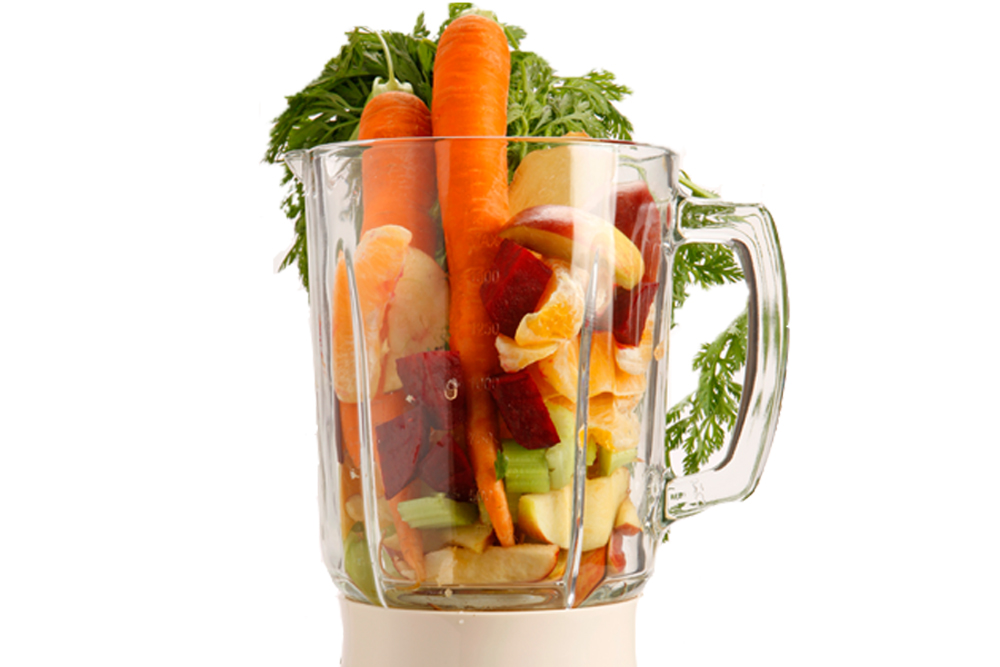
8 Get it delivered
If you have a habit of doing your food shop on an empty stomach at the end of the day, it’s time to do yourself a favour and get it delivered.
After the initial time spent tapping in your grocery list, you can use the same order each week, saving you precious hours wandering around the shops. You’re also more likely to stay focused and order only what you need. In one study from Cornell University, shoppers bought 44.8 per cent more high-calorie foods when hungry, versus shopping after lunch.
>>> The importance of power-to-weight, and how to improve yours
Another option is to get a veg delivery to your door each week, which costs around £10. Both Riverford Organics and Abel and Cole also offer recipe boxes — for £36, you’ll get six meals in a box, and everything comes weighed and measured.
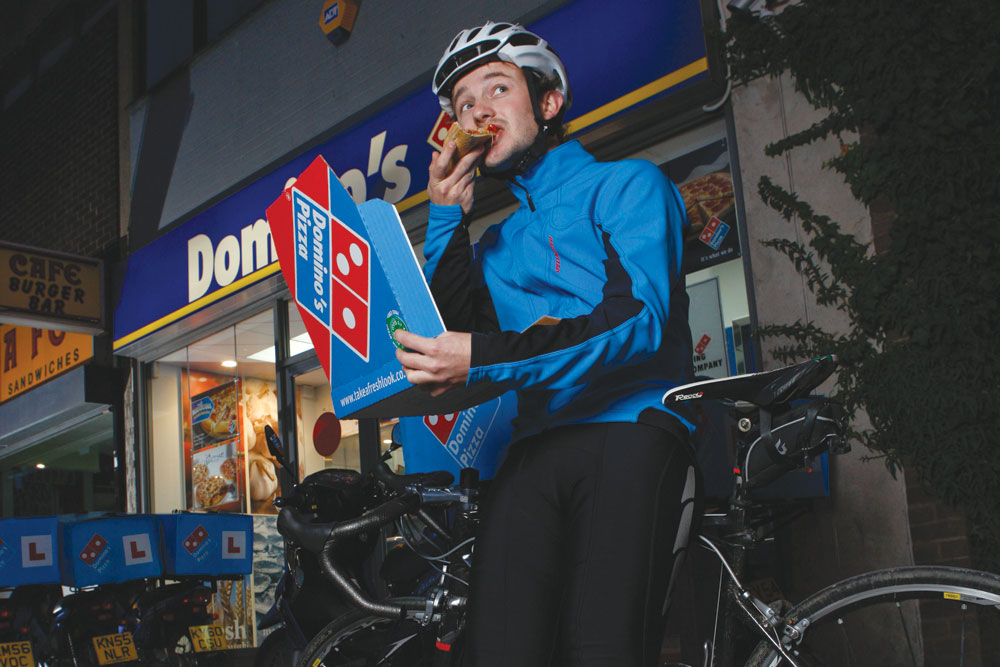
9 Love one-pot meals
One-pot meals save time usually spent at the chopping board and at the sink. Get serious by investing in a slow cooker. Most meals suitable for slow cooking require five ingredients or fewer. Simply toss in your choice of meat or poultry, ready-prepped vegetables and stock and leave the pot to do the work. And when you get home, your meal is ready for you — tender and cooked to a turn.
>>> Go further in spring with this cycling training plan
A little-known secret is that you can also do the same with pasta. For a fast, carb-rich recovery meal to serve two, add 200g of spaghetti to a large pan with one punnet of cherry tomatoes, one tablespoon of olive oil, one tablespoon of tomato puree, one clove of chopped garlic, half a chopped onion, and two cups of water. Bring to the boil, reduce to a simmer and cook for 10-12 minutes until the pasta is al dente. Season, add Parmesan and basil leaves and serve.
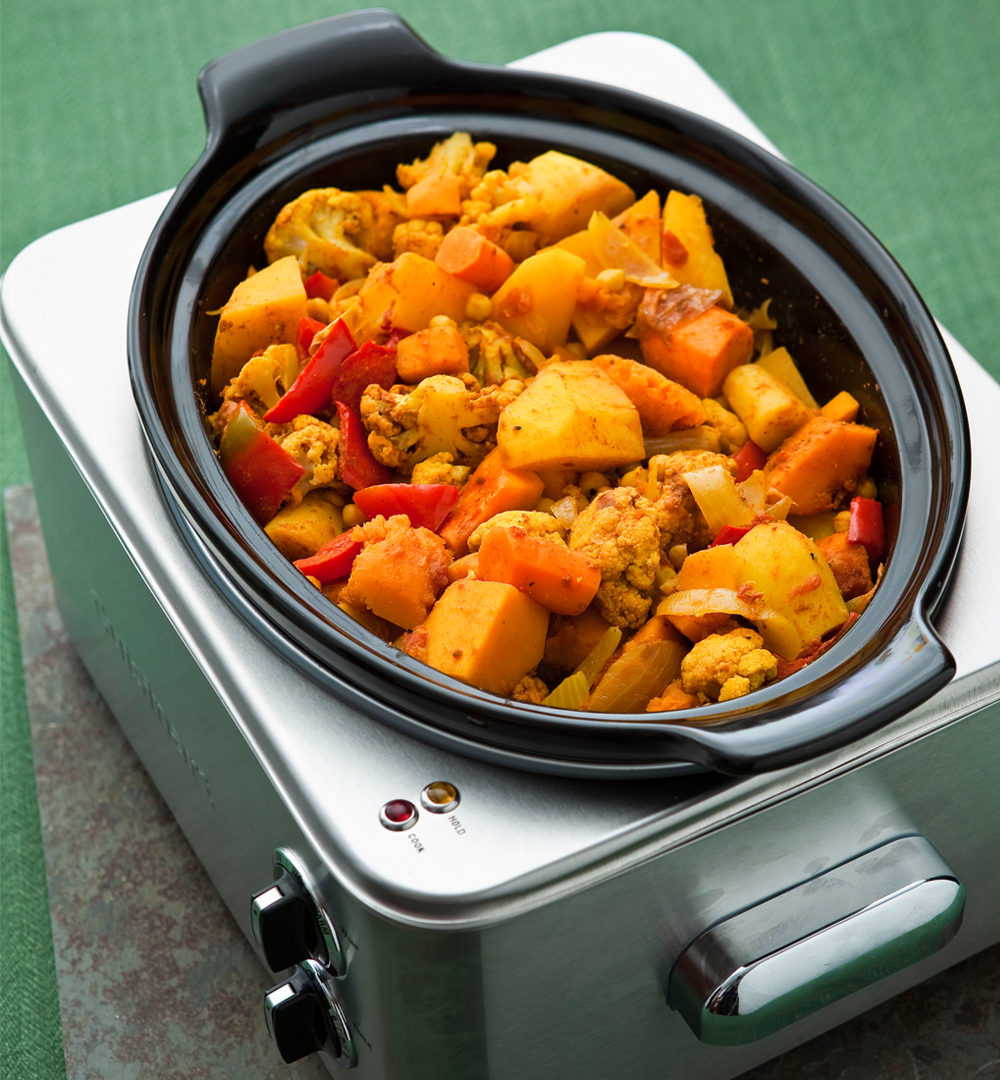
Frozen food versus fast food
Research published at a 2014 conference of the Academy of Nutrition and Dietetics found those who ate a frozen meal consumed 250 fewer calories, 27 per cent more fibre and 43 per cent more vitamin A than those who opted for a fast food meal.
10 If you can’t make it, fake it
If you’re en route home to empty cupboards with a rumbling stomach, it’s better to take advantage of a ready-made meal than end up in the biscuit tin. The influx of healthy eating brands means it’s easier to make healthy choices, and there’s no need to eat a cardboard meal.
>>> Is breathing harder work for women than men?
Stand-out ready meal ranges include Tesco’s ‘Eat, Live, Enjoy’, Waitrose ‘Love Life’ and Marks and Spencer’s ‘Fuller Longer’ range, which contains higher levels of protein to control appetite. Innocent’s veg pots also score highly. Grab a pack of ready-cooked chicken or prawns to bulk it out.
‘Look what we found’ is another brand of home delivery ready meals, using natural ingredients in single-serve pouches, ready to heat in the microwave or on the hob. Meals include chilli and rice, bolognaise and meatballs from around £2.50.
Five pre-ride breakfasts for cyclists (video)
This article first appeared in the April 16 edition of Cycling Weekly. Photos by Chris Catchpole and Cycling Weekly archive

Thank you for reading 20 articles this month* Join now for unlimited access
Enjoy your first month for just £1 / $1 / €1
*Read 5 free articles per month without a subscription

Join now for unlimited access
Try first month for just £1 / $1 / €1
-
 'This is the marriage venue, no?': how one rider ran the whole gamut of hallucinations in a single race
'This is the marriage venue, no?': how one rider ran the whole gamut of hallucinations in a single raceKabir Rachure's first RAAM was a crazy experience in more ways than one, he tells Cycling Weekly's Going Long podcast
By James Shrubsall
-
 Full Tour of Britain Women route announced, taking place from North Yorkshire to Glasgow
Full Tour of Britain Women route announced, taking place from North Yorkshire to GlasgowBritish Cycling's Women's WorldTour four-stage race will take place in northern England and Scotland
By Tom Thewlis